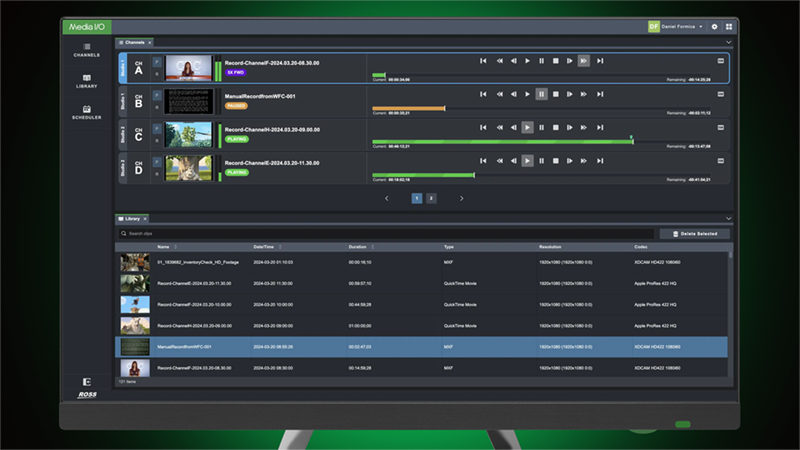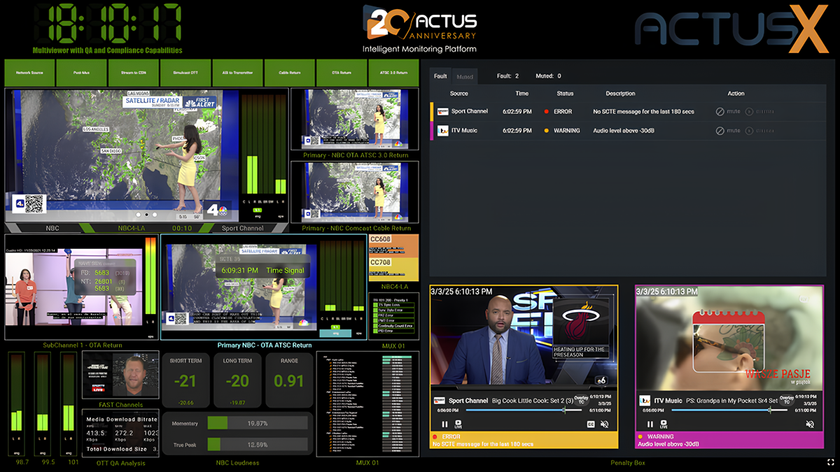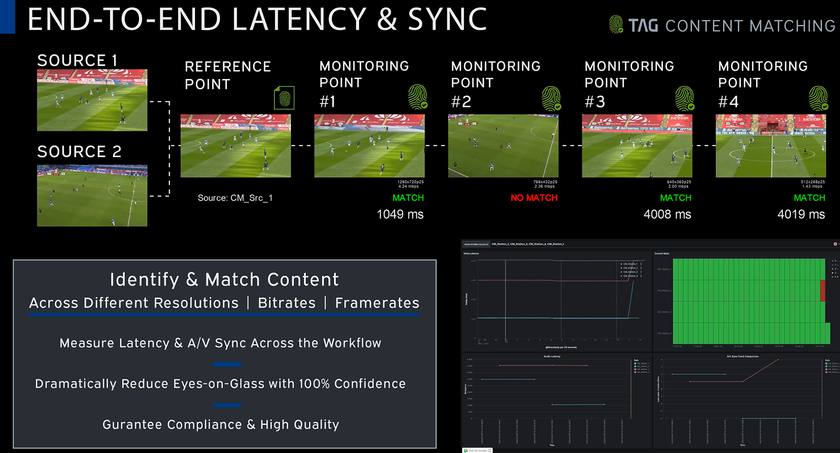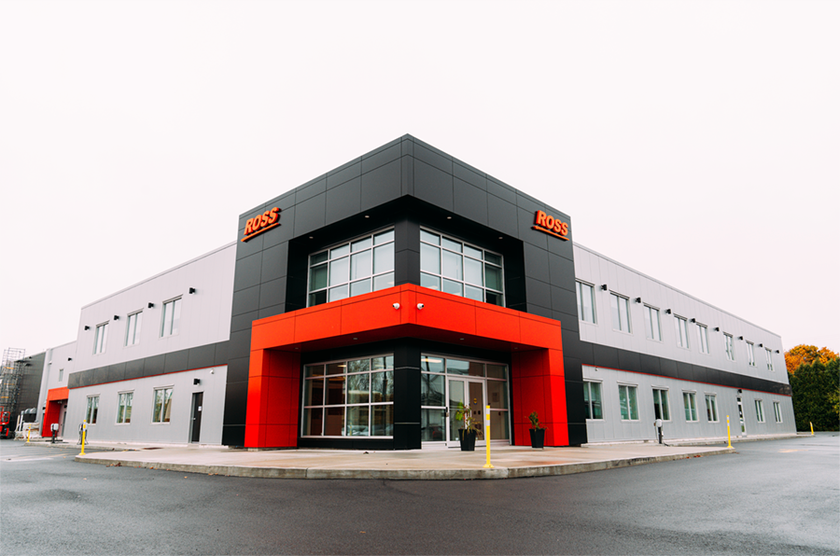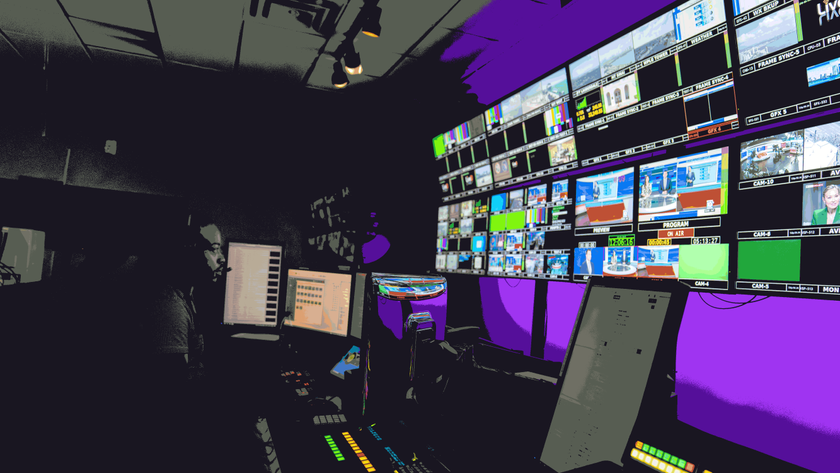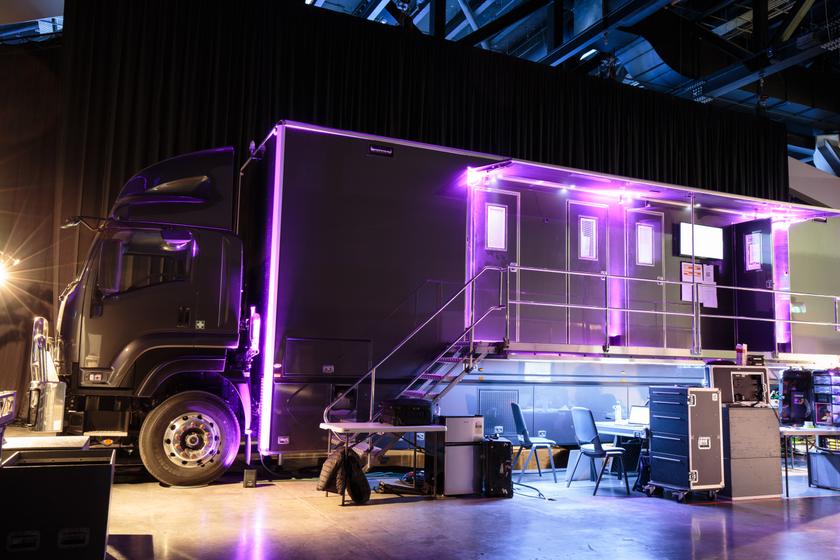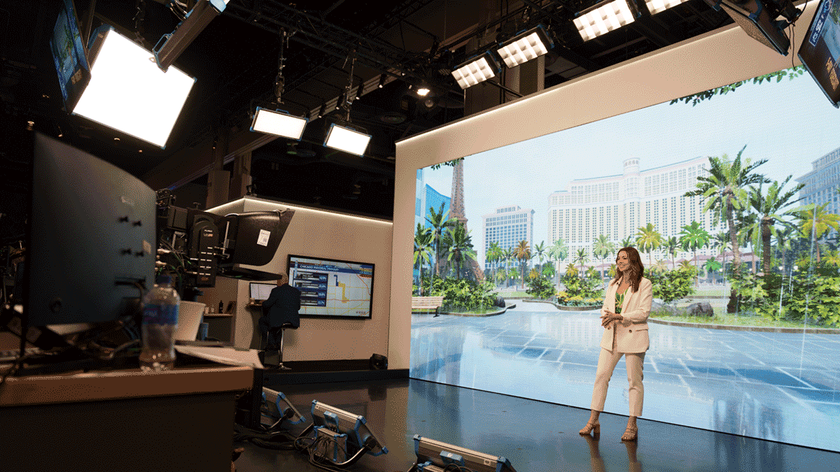Crystal Vision's new frame system including core interface cards gets formal release at IBC 2016 (Stand 2.B11)
Stand 2.B11 at IBC 2016 will see the official release of Crystal Vision's forward-looking Vision frame system along with its core cards essential for any interface system, including up and down converters, synchronizers, fiber optic transmitters and receivers, audio embedders/de-embedders and distribution amplifiers for analog and digital video and audio.
With its ability to work with higher bandwidth signals such as IP and 4K (as well as SDI), benefits offered by the Vision 3 frame include high packing density of up to 20 cards in 3RU, numerous outputs and dual syncs distributed from the frame. There will be the first demonstrations of Crystal Vision's IP gateways, which are protocol agnostic and include support for SMPTE 2022. With the biggest range of boards and a choice of frame sizes, the Indigo products on show will include the real-time chroma keyers, which this year are enjoying their greatest popularity to date.
Four of the 12 Vision cards being released in September are distribution amplifiers – an essential part of any interface system and traditionally best sellers amongst the Crystal Vision range.
3GDA-VF is a very flexible video distribution amplifier: it can be configured as reclocking or non-reclocking, it will distribute any digital video (3Gb/s, HD and SD) as well as being DVB-ASI compatible, and it is not even limited to video with its ability to distribute MADI (AES10) audio. 3GDA-VF gives more outputs per slot than Crystal Vision has ever offered before: six outputs from a standard single slot rear module (or nine outputs using micro BNCs), and 12 outputs from a double slot rear module. This is Crystal Vision's most cost-effective 3GDA with signal reporting to date, as well as the first time the company has offered remote monitoring on a MADI DA.
The VDA-VF distribution amplifier has been designed to provide multiple outputs of analog sources. With the Vision 3 frame including dual syncs distributed to every card, it is anticipated that the role of VDA-VF will largely be to distribute the station reference to the frame itself, with one VDA-VF able to supply a reference feed to up to 12 Vision frames – with 12 outputs being the most that Crystal Vision has ever offered on an analog video DA. In addition to reference distribution VDA-VF can also be used to distribute SD or HD analog composite video, with its remotely-adjustable features including gain adjustments of +/-3dB and clamp.
There are two Vision cards for the distribution of discrete audio.
DADA-VF is an AES audio distribution amplifier, which provides four outputs per channel when configured as a dual channel device or eight outputs when configured as single channel. The input can be user selected as reclocking or non-reclocking, while DADA-VF includes support for 110 ohm and 75 ohm input and output impedance, 32kHz to 192kHz sample rates and word clock distribution.
AADA-VF is a dual channel analog audio distribution amplifier which can be used either in ‘mono’ mode where input 1 goes to all eight outputs, or in 'stereo' mode where inputs 1 and 2 each go to four outputs. With highly robust inputs and outputs, features include audio silence and overvoltage detection and the most extensive gain adjustment Crystal Vision has ever offered, with adjustments over +/- 30dB in 0.5dB increments.
In addition to distribution amplifiers, fiber optic transmitters and receivers have always been products that Crystal Vision traditionally sells in large quantities for transporting signals over large distances, and two such cards will therefore be amongst the initial Vision product releases.
FTX-VF is a dual channel 3G/HD/SD to fiber transmitter (allowing up to 40 channels in a frame), which can be used with single-mode or multi-mode fiber and meets the SMPTE 297-2006 short haul specification. There are two input loop-throughs per channel (useful for distributing the input video or system checking), while full DVB-ASI compatibility and the ability to fit CWDM lasers to allow many signals to be transmitted down a single fiber link increases the flexibility of the product.
Sharing the main benefits of FTX-VF such as the ability to work with single-mode or multi-mode fibre and DVB-ASI compatibility, FRX-VF is the dual channel fiber to 3G/HD/SD receiver from the Vision range, with the two SDI outputs per channel allowing it to potentially double as a distribution amplifier.
Leading broadcasters have standardised on the picture quality of the company’s up and down converters, and four of the Vision cards are up/down/cross converters. UP-DOWN-A-VF, UP-DOWN-ATX-VF, UP-DOWN-AS-VF and UP-DOWN-ATXS-VF each offer a different set of features for different applications and budgets, including AFD insertion and reading, audio routing, video and audio delays, timecode conversion, teletext and closed captions handling and downstream video synchronizers.
The final two Vision cards to be released in September have been designed for those using embedded audio.
Working with 3Gb/s, HD and SD sources and both AES and analog audio, SYNNER-VF combines a video synchronizer, tracking audio delay, embedder, de-embedder, audio processor and video proc-amp to simplify system designs and save engineers money and rack space. In addition to its main function as a sophisticated video synchronizer, it can embed and de-embed a mixture of up to two groups of analog audio and four groups of AES at the same time, making it ideal for any signal timing applications where external audio needs to be embedded or de-embedded such as on the station output, station input or before a studio switcher.
For those that don't need to synchronize, TANDEM10-VF is a dedicated audio embedder/de-embedder with the ability to embed and de-embed a mixture of up to four groups of AES and two groups of analog audio at the same time, with its useful features including audio and video processing and flexible delay compensation.
The Vision 3 frame has been designed to handle higher bandwidth signals including video over IP, and Crystal Vision is currently developing SMPTE 2022-based IP gateway products for converting between SDI and IP signals which are protocol agnostic, with the software-based approach making it easy to configure them for other agreed protocols. Visitors to Stand 2.B11 will be able to see the first demonstrations of these IP products.
Crystal Vision will also be demonstrating a selection of the products from the well-established Indigo frame system, which offers a choice of three frame sizes. Included amongst the 75 interface and keying boards in the Indigo range are the Safire 3 real-time chroma keyer for all virtual applications (currently enjoying its highest level of popularity to date), the MultiLogo three-layer logo keyer for sophisticated video and audio station branding with internal storage for up 500 graphics and the Safe Switch 3G fail-safe 2 x 2 routing switch which uses a full framestore synchronizer on each input and loss of reference protection to guarantee a clean switch.
Based at Whittlesford near Cambridge in the UK and with an office in the USA, Crystal Vision provides a full range of interface and keyers and helps people transition through a range of technologies – from SD to HD and from HD to IP.
www.crystalvision.tv
Get the TV Tech Newsletter
The professional video industry's #1 source for news, trends and product and tech information. Sign up below.



